What's New on the Site?
When Nature Strikes - Earthquakes
When Nature Strikes - Volcanoes
When Nature Strikes: Tsunami Classroom Activity
When Nature Strikes: Wildfires - Why are they a challenge to stop?
Windows to the Universe Community | |
News | Opportunities |
You might also be interested in:

Science, Evolution, and Creationism
How did life evolve on Earth? The answer to this question can help us understand our past and prepare for our future. Although evolution provides credible and reliable answers, polls show that many people turn away from science, seeking other explanations with which they are more comfortable....more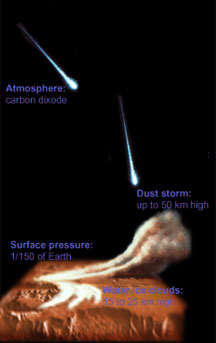
Lower Atmosphere
The atmosphere of Mars is much thinner than that of Earth, with a surface pressure averaging 1/100th that at the surface of the Earth. Surface temperatures range from -113oC at the winter pole to 0oC...more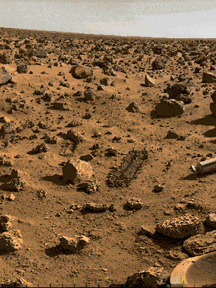
Planet Structure
The uniquely red global surface of Mars is marked by many interesting features - some like those on the Earth and others strangely different. The reddish color is caused by rust (iron oxide) in the soil....more
Martian Global Dust Storms
This image shows a local dust storm near the edge of the south polar cap. Viewing of this image at high resolution is recommended. This fascinating image shows dust swirling over a large area. Martian...more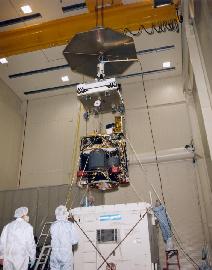
An Overview of the Mars '98 mission
The Mars '98 mission was designed to be a study of Martian climate, weather, and surface properties at the Martian south pole. Mars '98 was supposed to build upon the discoveries of the Mars Pathfinder...more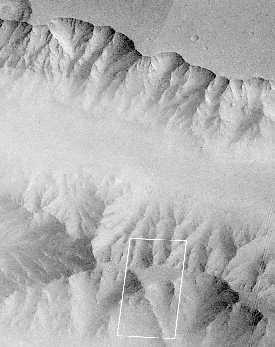
An Overview of the Mars Global Surveyor Mission
The mission of Mars Global Surveyor (MGS) is to map the surface of Mars from space, a mission somewhat akin to the Magellan mission to Venus. The MGS probe is also suppose to explore the topmost portion...more
Mars Observer
The Mars Observer set out to observe the atmosphere (detailed weather rather than climate), magnetic field and surface of Mars. It carried with it 8 instruments. However, the Mars Observer (MO) failed...morePlease log in
Science Blogs
Real Climate: climate science from climate scientists

Windows to the Universe, a project of the National Earth Science Teachers Association, is sponsored in part is sponsored in part through grants from federal agencies (NASA and NOAA), and partnerships with affiliated organizations, including the American Geophysical Union, the Howard Hughes Medical Institute, the Earth System Information Partnership, the American Meteorological Society, the National Center for Science Education, and TERC. The American Geophysical Union and the American Geosciences Institute are Windows to the Universe Founding Partners. NESTA welcomes new Institutional Affiliates in support of our ongoing programs, as well as collaborations on new projects. Contact NESTA for more information.



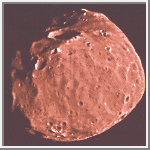 Phobos
Phobos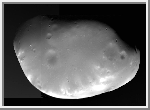 Deimos
Deimos



